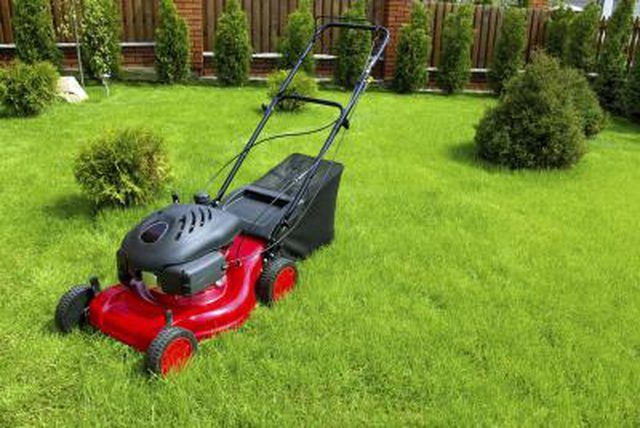Bulbs
Flower Basics
Flower Beds & Specialty Gardens
Flower Garden
Garden Furniture
Garden Gnomes
Garden Seeds
Garden Sheds
Garden Statues
Garden Tools & Supplies
Gardening Basics
Green & Organic
Groundcovers & Vines
Growing Annuals
Growing Basil
Growing Beans
Growing Berries
Growing Blueberries
Growing Cactus
Growing Corn
Growing Cotton
Growing Edibles
Growing Flowers
Growing Garlic
Growing Grapes
Growing Grass
Growing Herbs
Growing Jasmine
Growing Mint
Growing Mushrooms
Orchids
Growing Peanuts
Growing Perennials
Growing Plants
Growing Rosemary
Growing Roses
Growing Strawberries
Growing Sunflowers
Growing Thyme
Growing Tomatoes
Growing Tulips
Growing Vegetables
Herb Basics
Herb Garden
Indoor Growing
Landscaping Basics
Landscaping Patios
Landscaping Plants
Landscaping Shrubs
Landscaping Trees
Landscaping Walks & Pathways
Lawn Basics
Lawn Maintenance
Lawn Mowers
Lawn Ornaments
Lawn Planting
Lawn Tools
Outdoor Growing
Overall Landscape Planning
Pests, Weeds & Problems
Plant Basics
Rock Garden
Rose Garden
Shrubs
Soil
Specialty Gardens
Trees
Vegetable Garden
Yard Maintenance
How a Governor on a Briggs & Stratton Engine Works
How a Governor on a Briggs & Stratton Engine Works. The governor system on a Briggs & Stratton engine is designed to keep the engine that it is attached to from operating at too high of a speed. This prevents excess fuel usage, unnecessary engine wear and can also help to prevent accidents and injuries that can result from a lawn mower or other...
The governor system on a Briggs & Stratton engine is designed to keep the engine that it is attached to from operating at too high of a speed. This prevents excess fuel usage, unnecessary engine wear and can also help to prevent accidents and injuries that can result from a lawn mower or other component using a Briggs & Stratton engine accelerating at too high of a speed.

There are two types of governors used for Briggs & Stratton engines, a pneumatic "Air Vane" governor that monitors air speed from the flywheel fan and the mechanical governor which uses gears inside the crankcase to monitor the engine speed. Both governor system types are able to adjust engine RPMs as needed to control engine speed. When the governor system is in use, RPMs are held at a steady level to maintain a constant engine speed even if the engine itself is under a heavy load.

A faulty governor system on a Briggs & Stratton engine can result in the engine running either too fast or too slow. An engine that runs too slow may have trouble starting or may stall when it begins to idle, while an engine that runs too fast may suffer from excess heat and a shortened lifespan. Both pneumatic and mechanical governor systems can be adjusted by mechanics or at home to bring the RPMs back in line with engine specifications.
